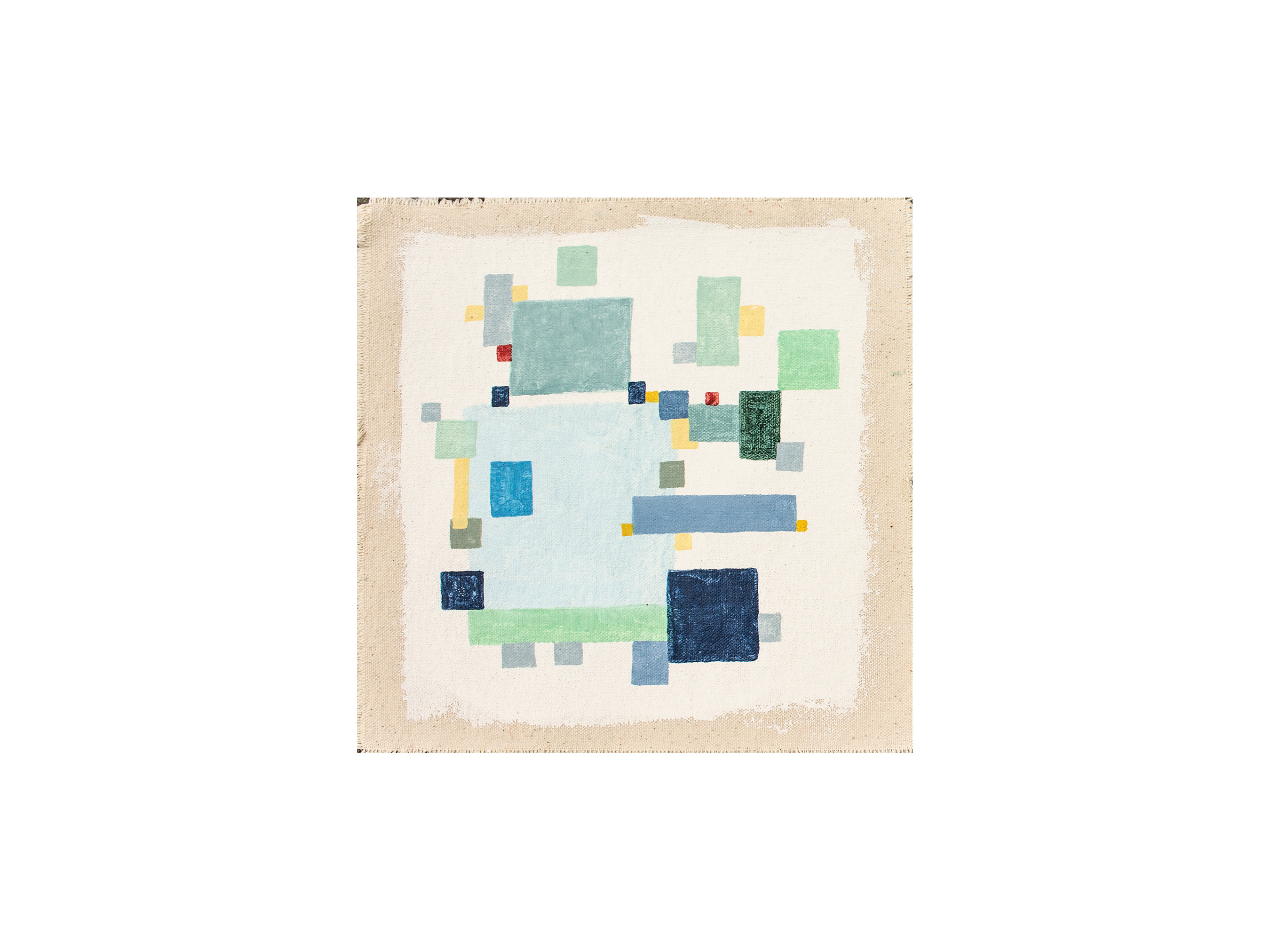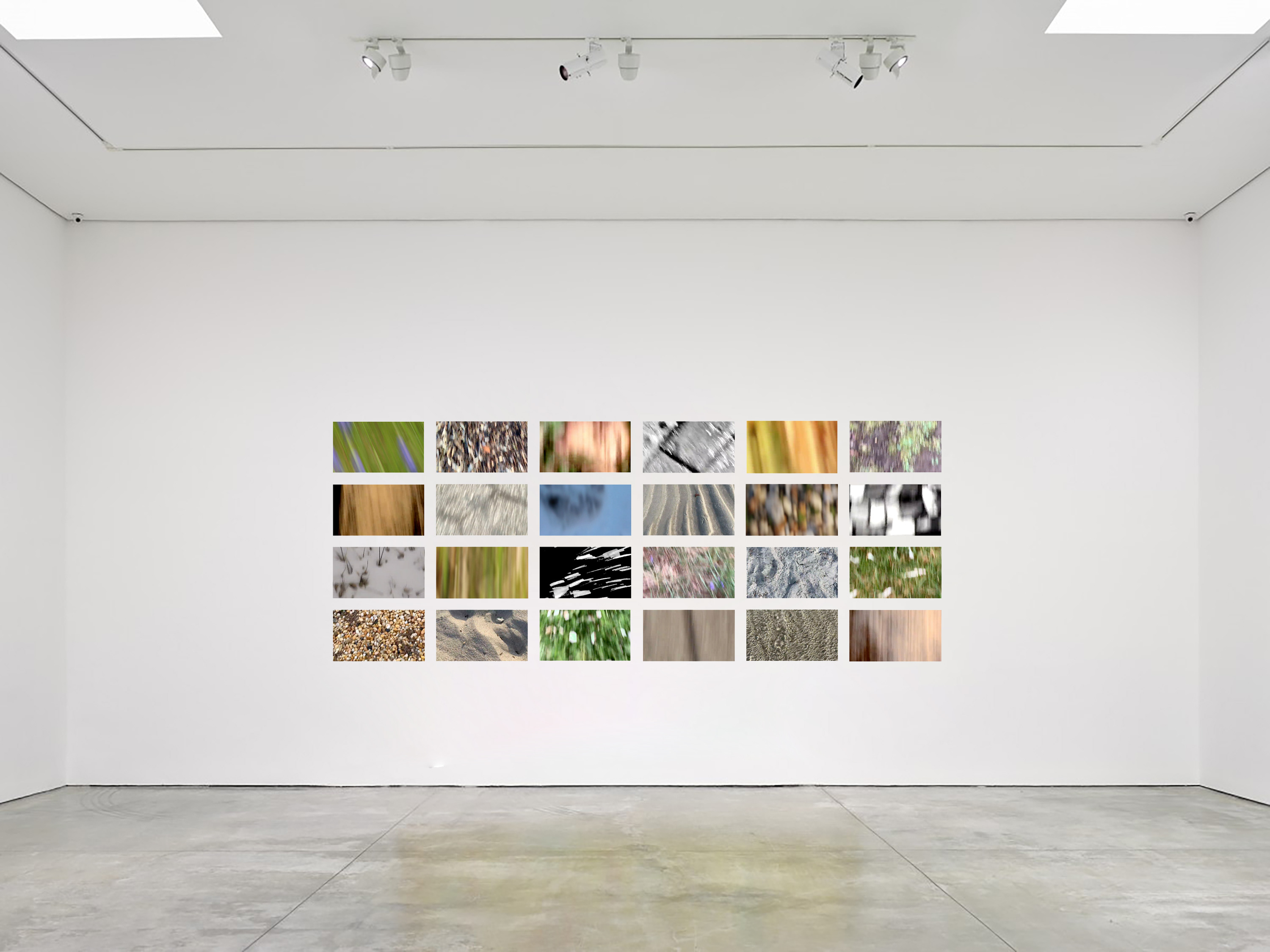There is an apparent contradiction between the term photography and the notion of dynamism. Would there be a place where photograph and video (or film) could meet, a common midway, an overlapping strip?
Photography is a strait manifestation of the fleetingness of time. No matter how long the shutter opens and releases, however long the action time is embedded in it, there is a temporal flattening summarizing the entire event to a minimal temporal fraction. Registering it, puts it in the past, freezes the movement. Photography is direct and incisive. Its power comes from the radical cut at the moment of the clicking act, from the subtraction of a space-off, which causes a concentration of the whole event in a single instant.
The conception of those moving images situated through the conceptual bias, between photograph and video, called dynamic photographs by the artist, was motivated by experiences with pause and movement, and its relations with space and time. They consist of a continuous stream of non-narrative images that require the eye to take a time to grasp. They do not represent or suggest movement, but present it. The focus of interest is the possibilities of convergence that include both categories (photo and video or film), much more than the boundaries that separate them. Dynamic Photographs, however manipulated they may be, they retain a referenced point of origin in the physical world. Similarly to photographs, they propose a concentrated suspension situation without the escape space-off. The fixed pose, the absence of plot, the constancy in the image and its permanence achieved with the loop, bring them closer to the concept of photography. In turn, they are kinetic, not only because they are technically in the video category, but because they fall within a temporality in which a rhythmic, a vibration, a ripple and constant movement is present.
Sound is a valuable indicator of the source of its origin and the configuration of the space where it happens. But it has also a poetic dimension. The sound of these digital images comes not only from the audio itself, but also from the visual musicality provided by the synesthetic quality of the images. Those aspects enlarges the sensory potential of them and expand the sensible experience.
This project comes from the desire to work in interstitial zones. The manipulation of digital images in the editing process updates the pictorial gesture and allows merging reality and fiction. With their hybrid and undefined nature, they are like bridges between the physical and the imaginary world. They are located in an intermediate territory between painting, photography and video. Due to their unusual pace and ambiguity in their expression, they cause a strangeness, a break in the routine temporal flow, and thus favor a more intense sensory experimentation. They aim to poetically subvert spatial-temporal constraints and propose perceptual situations of a present, suspended and extended time.









